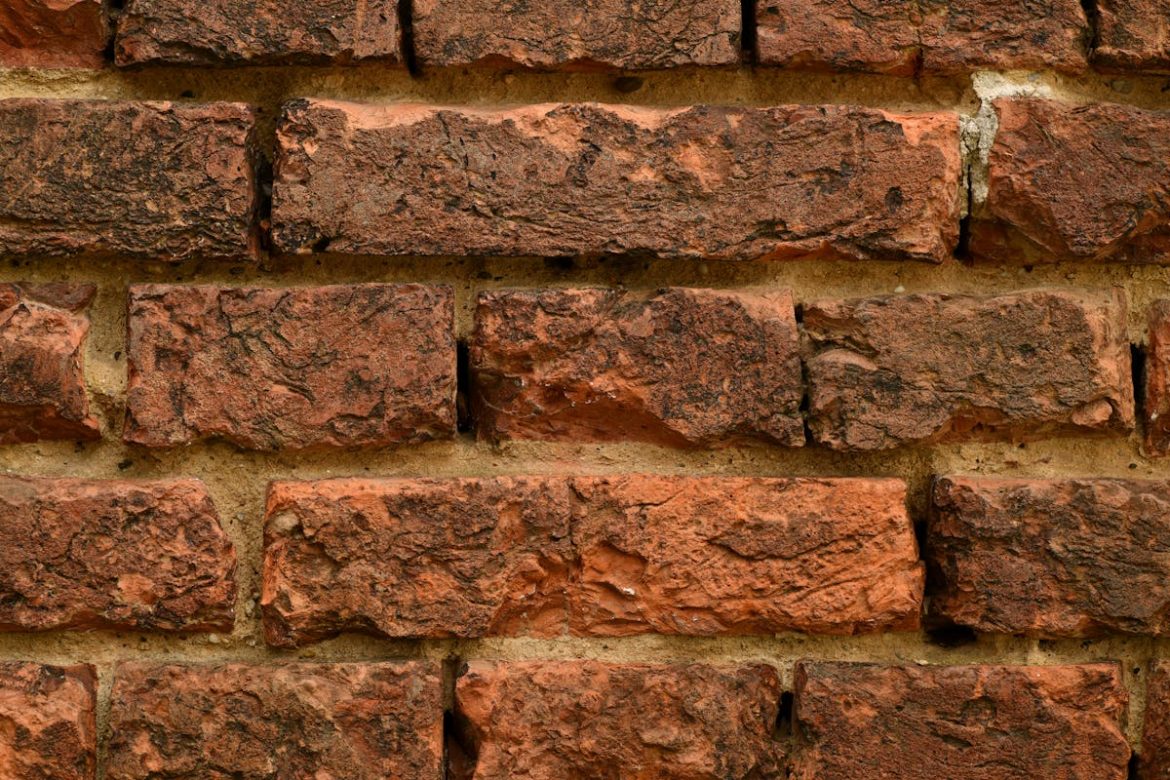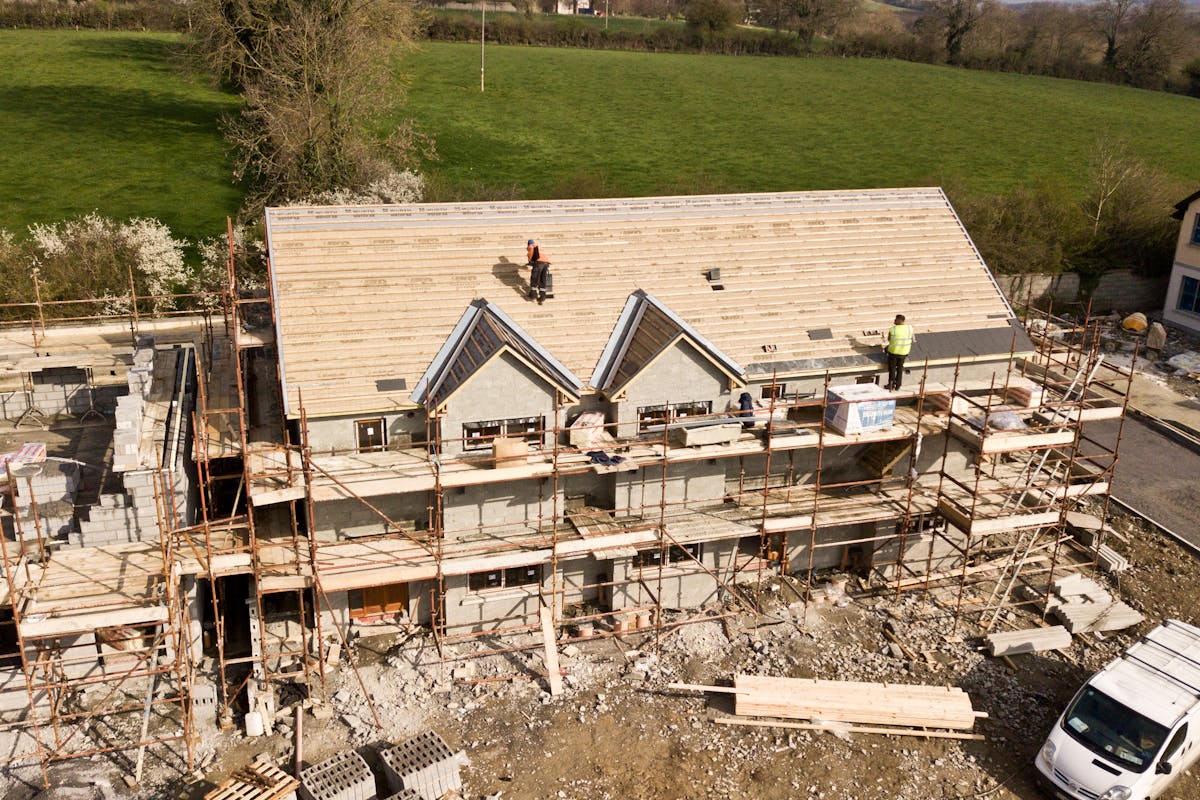
- Vintage homes face common foundation issues like settling and water damage, requiring careful assessment and action.
- Professional help is crucial in addressing vintage home foundation problems due to unique architectural and structural characteristics.
- Repair options vary from simple fixes to innovative solutions like helical pier installation and balancing preservation with necessary repairs.
- Preventative measures and regular maintenance are crucial to avoiding future foundation issues and preserving the home’s integrity.
- Additionally, understanding the balance between preservation and restoration is crucial when addressing vintage home foundation problems.
Vintage homes have a charm and character that modern homes often lack. From intricate architectural details to unique historical significance, owning a vintage home can be a rewarding experience. However, along with all the charm comes some challenges, especially regarding the foundation of these older properties.
This blog post will explore some common foundation challenges faced by owners of vintage homes and provide tips on addressing them.
Understanding the Problem
One of the most common issues with foundations in vintage homes is settling. As a home age, its foundation may settle unevenly, leading to cracks in the walls and floors. This settling can be caused by various factors, including poor soil conditions, inadequate drainage, or even the structure’s weight. It’s essential to understand the underlying cause of the settling before attempting any repairs.
Water Damage
Another significant issue often encountered is water damage. Older homes may not have the same level of waterproofing or drainage systems as modern houses, leading to water seeping into the foundation. This can weaken the foundation’s structural integrity, cause mold and mildew growth, and result in further settling or cracking. Identifying signs of water damage early can help homeowners take preventive measures, such as improving drainage around the property or incorporating waterproofing solutions to protect the foundation. Understanding these problems deeply is the first step toward preserving a vintage home’s beauty and structural soundness.
Seeking Professional Help
When addressing foundation issues in vintage homes, it’s always best to seek help from a professional contractor or structural engineer. These experts have the knowledge and experience to properly assess the problem and recommend appropriate solutions. Attempting DIY repairs can often do more harm than good and may cost you more in the long run.
Balancing the Foundation
One common solution for settling foundations is to jack up the low areas and support them with additional concrete or steel piers. However, this method can be tricky in older homes due to their unique architecture and structural design. To facilitate the repair, you should look for a company offering reliable concrete lifting services to restore balance in older homes. This method can be less invasive and more cost-effective than traditional methods, making it a popular option among homeowners.
Repair Options
Depending on the extent of the damage, there are several options for repairing foundation issues in vintage homes. Simple fixes, such as filling cracks with epoxy or installing additional support beams, may be sufficient in some cases. For more serious problems, solutions like underpinning or mudjacking may be necessary to stabilize the foundation and prevent further damage.
Helical Pier Installation
Another innovative repair option for foundation issues in vintage homes is helical pier installation. Helical piers are screwed into the ground beneath the foundation until they reach stable soil. They provide a firm support to lift and stabilize the foundation, effectively addressing problems such as settling and uneven floors without requiring extensive excavation. This technique not only preserves the integrity of the property’s vintage character but is also environmentally friendly, as it causes minimal disruption to the surrounding landscape.
Preventative Measures
Once you’ve addressed any existing foundation issues in your vintage home, it’s essential to take preventative measures to avoid future problems. This may include improving drainage around your property, maintaining proper moisture levels in your basement or crawl space, and regularly inspecting your foundation for signs of damage.
Landscaping Considerations for Drainage Improvement
Improving drainage is crucial in preventing water from pooling around your foundation, which can lead to water damage and settling issues over time. Consider landscaping changes such as grading your property from the foundation to encourage water flow away from the home. Additionally, installing French drains or catch basins can effectively manage rainwater and prevent it from affecting your foundation. Selecting plants that require less water can also reduce the amount of water near your foundation, minimizing the risk of water damage.
Regular Maintenance Checks
Regular inspections and maintenance of your home’s exterior are essential in preventing foundation problems. This includes cleaning gutters and downspouts to ensure water is effectively diverted away from your home, inspecting your foundation for early signs of damage, such as small cracks or shifts, and monitoring the condition of exterior walls and windows for signs of water infiltration. Early detection of these issues allows for timely repairs before they escalate into more significant problems.

Preservation vs. Restoration
When preserving a vintage home, there is often a fine line between preserving its historical integrity and making necessary repairs for safety and structural stability. It is essential to work with professionals who understand the unique challenges of vintage homes and maintain their historical significance.
Balancing Preservation with Restoration
Preserving a vintage home focuses on maintaining its existing structures and features as much as possible, aiming to retain its historic character and integrity. This approach concerns conservation and minor repairs that don’t alter the original appearance or materials.
On the other hand, restoration involves bringing a home back to its original state, often requiring more extensive work and potentially replacing modern alterations with materials and designs that are authentic to the home’s era. Restoration can be more invasive and costly but is crucial when a property has significantly deteriorated, or the goal is to showcase a home’s historical accuracy and architectural significance.
Owning a vintage home can be a labor of love. But it also comes with its fair share of challenges – especially when addressing foundation issues. By understanding common problems faced by owners of vintage homes, seeking professional help when needed, exploring repair options, taking preventative measures, and balancing preservation with restoration efforts, you can ensure that your historic property remains safe and stable for years to come. Remember that preserving the past requires careful attention to detail and dedication – but the rewards are worth it in the end!